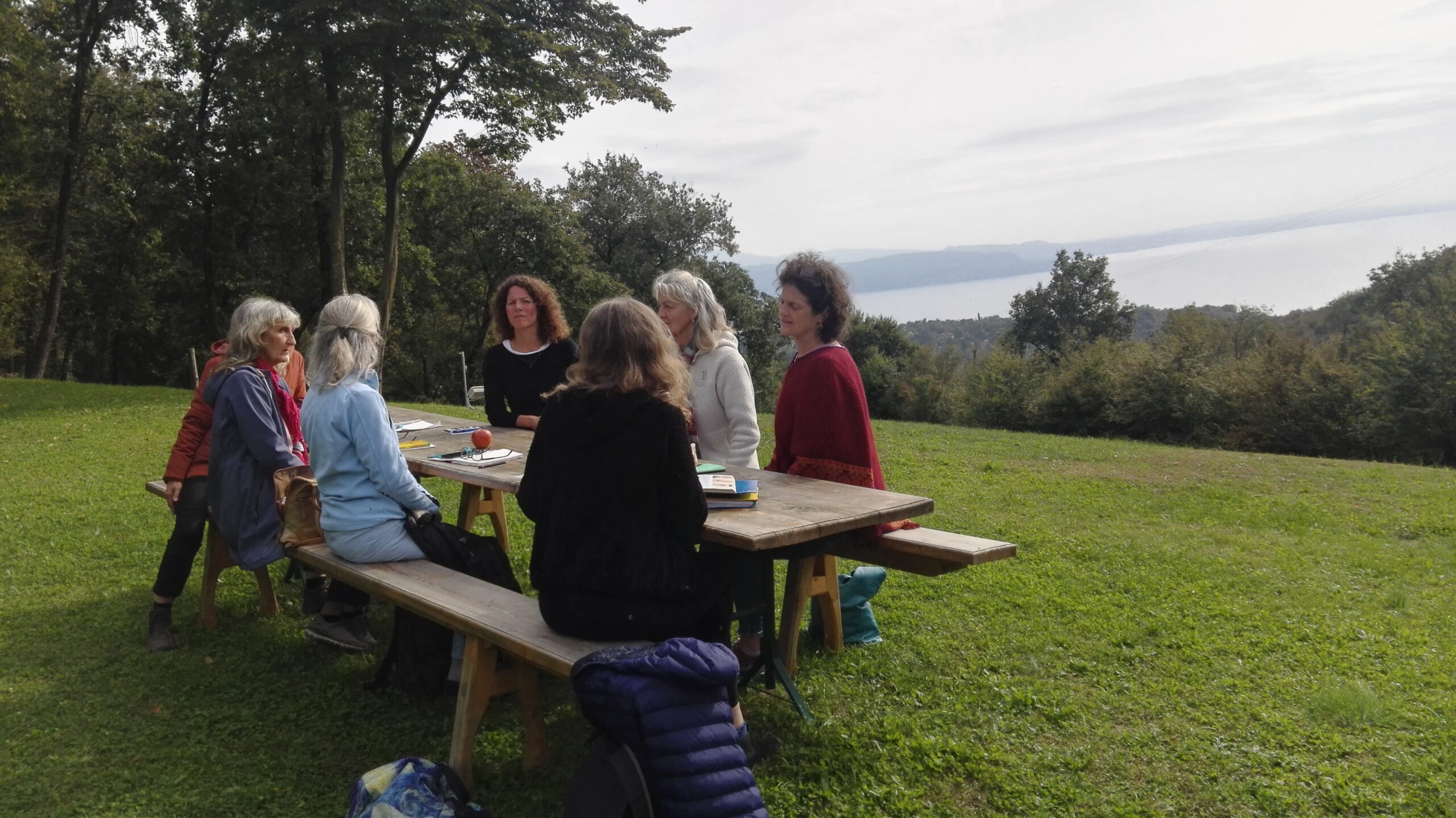
What could that be, an Italian culinary journey?
A gourmet journey from restaurant to restaurant ?
No, it wasn’t meant to be.
It was a very spontaneous project of eight women who set off on a golden fall day in October. Verona and the surrounding area was the first destination. All of the participants are part of the kitchen team at the Naone spiritual ecological college in Trentino, where they work on developing a healthy and aesthetic food culture.
What makes our work so interesting is the fact that we don’t just cook for study guests, but that the entire field of nutrition is a living field of research. We research, test and deepen how life forces are built up within food preparation and eating. The kitchen at the university is therefore a research kitchen in the truest sense of the word.
The author and spiritual teacher Heinz Grill is the driving force behind this wholesome diet. He sees the fundamental aspect of a healthy and conscious diet as the relationship that the individual establishes with the food, its producers, the preparation process, the design of a dish and ultimately with the food itself. Cooking thus becomes a professionally sound, joyful and healing art: https://stw-verlag.de/produkte/ernaehrung-und-die-gebende-kraft-des-menschen/.
All of us, who usually work together in small teams in the kitchen, were now looking forward to getting to know Italian organic suppliers, producers and initiatives. We had set ourselves another goal: As an international team (Germany, Austria, Switzerland and Holland) with a more or less sound knowledge of Italian, we all wanted to expand our linguistic capacities. This was done in a more playful way throughout the trip – in dialogs on the car ride, in small conversations with Italians at the markets and in our albergo.
Our short but meaningful excursion was to be guided by these thoughts. One question that accompanied us in particular was:
What can nutrition look like in the future?
We wanted to approach this question by paying close attention to the markets and people, the goods and the places we visited.
The journey first took us to a small organic farmers’ market in the market halls of Verona, the Mercato Coperto di Campagna Amica. A wonderful variety of products were on offer there and during the course of our tour we struck up a few good conversations – at the bread stall, with the olive oil products, vegetables and cheese. The consistently aesthetic presentation of the organic products caught our eye. We had also decided to take a look at the Italian hustle and bustle, the relationship between vendors and customers. It was noticeable that the conceptual focus was less about pure consumption and more about the pleasure of establishing a relationship.
The discussions, in which we also presented our cooking and research activities, quickly led to a professional exchange. For example, why the olive loses its value and aroma when it is pitted, that there is a profession of olive oil sommelier, about baking with pasta madre and baking ferment, etc.
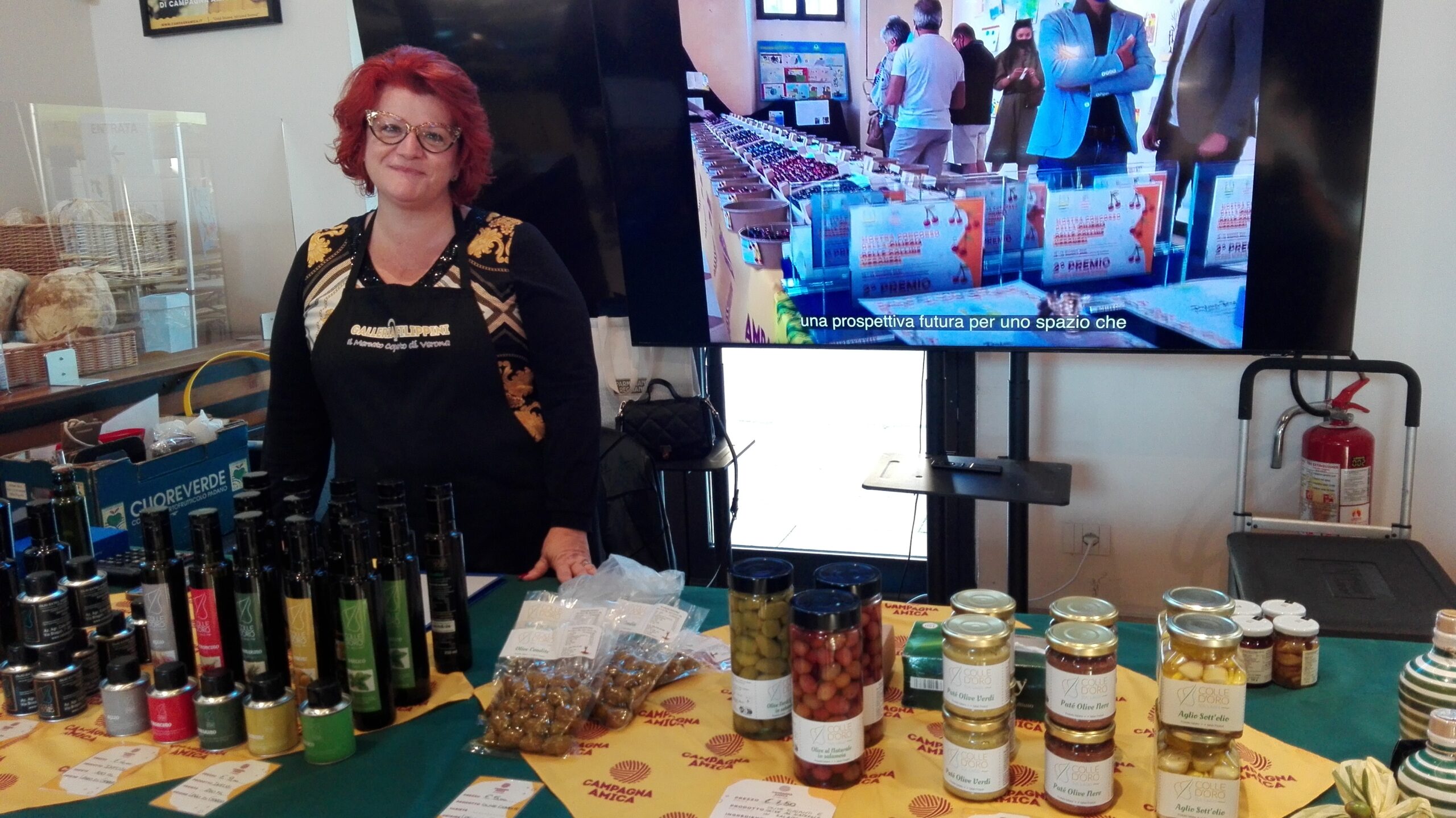
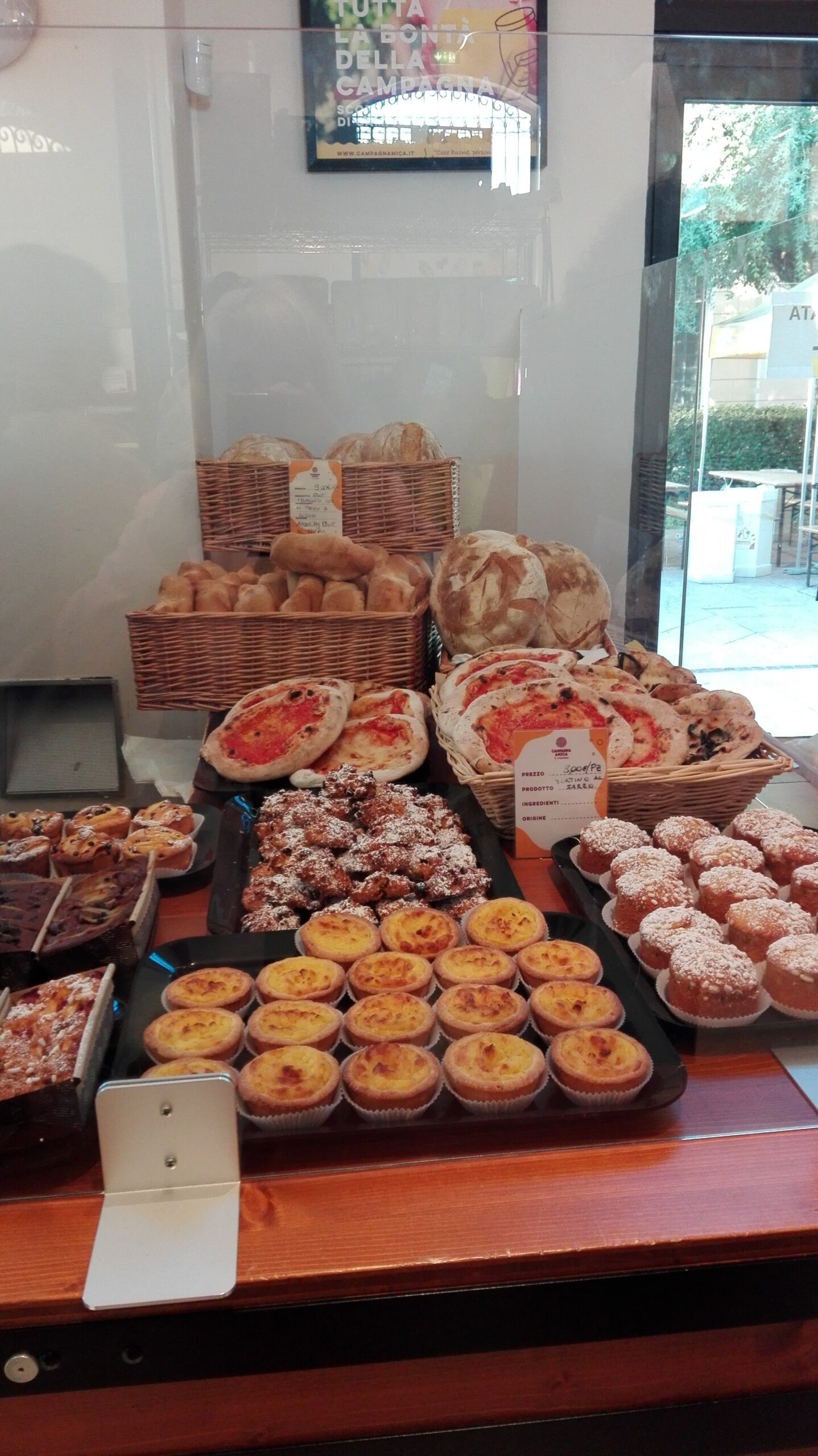
Our breakfast consisted of samples of antipasti, bread, pastries, cheese and fruit on an inviting table directly between the market halls and the river Adige.
The next stop was an open organic farmers’ market in a small village outside Verona and then a small café, where we lingered and devoted ourselves more intensively to a substantive exercise. We explored the concept of “aesthetics” as it is commonly used, its etymology and what it could mean in a deeper psychological and spiritual sense. This attentive work, with silence and then conversation again, was perceived by the guests sitting around us as a little astonished, but definitely positive and attractive.
The olive trees near this café were also a delight to look at.
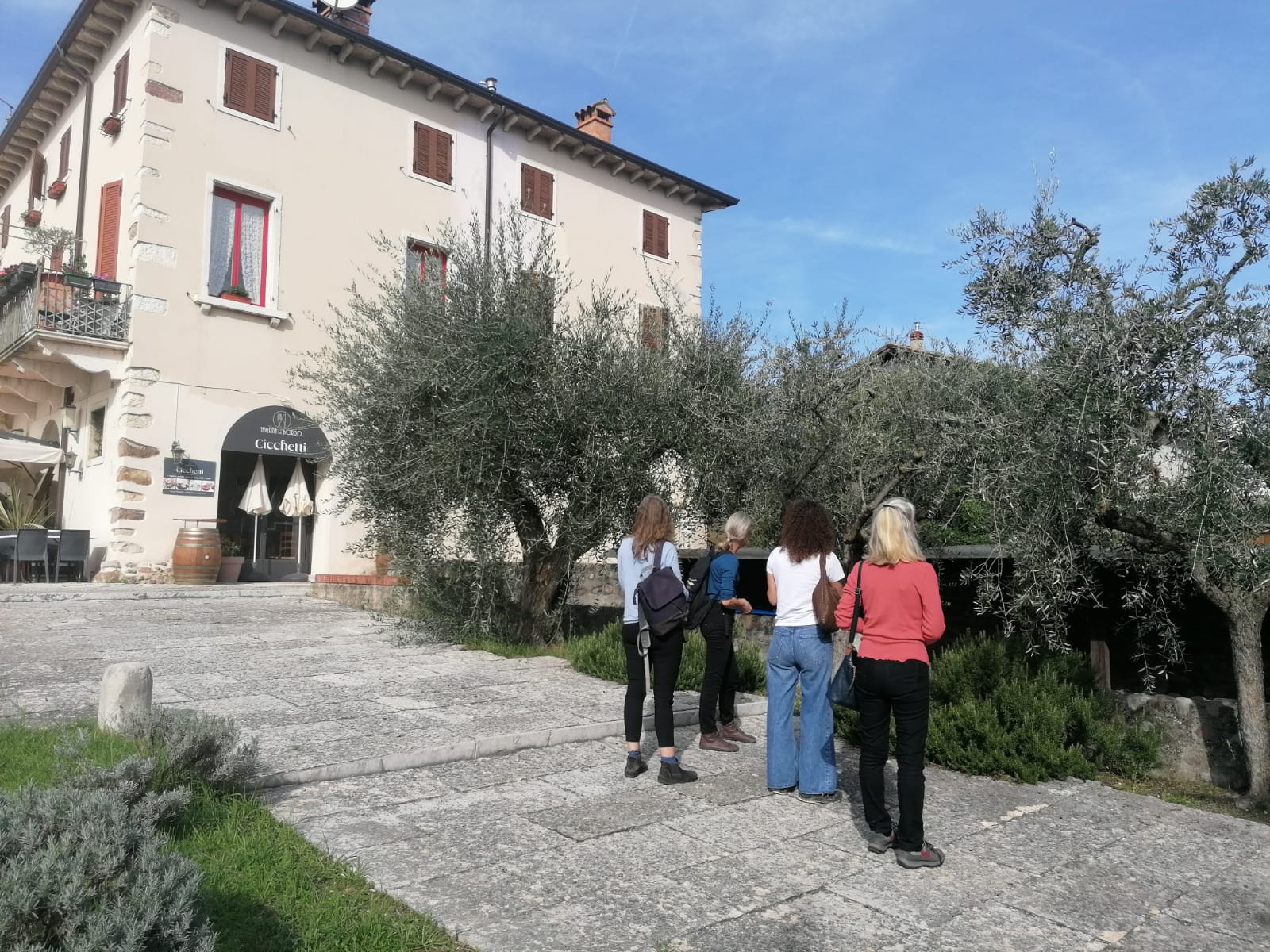
All of these topics, such as how a relationship to food develops, how aesthetics are expressed in cooking and eating, and how a healthy food culture can be created, accompanied us throughout the day. We made a stopover in Salo on Lake Garda, where the water invited some of us to take a quick, fresh dip and others to take a walk along the lake.
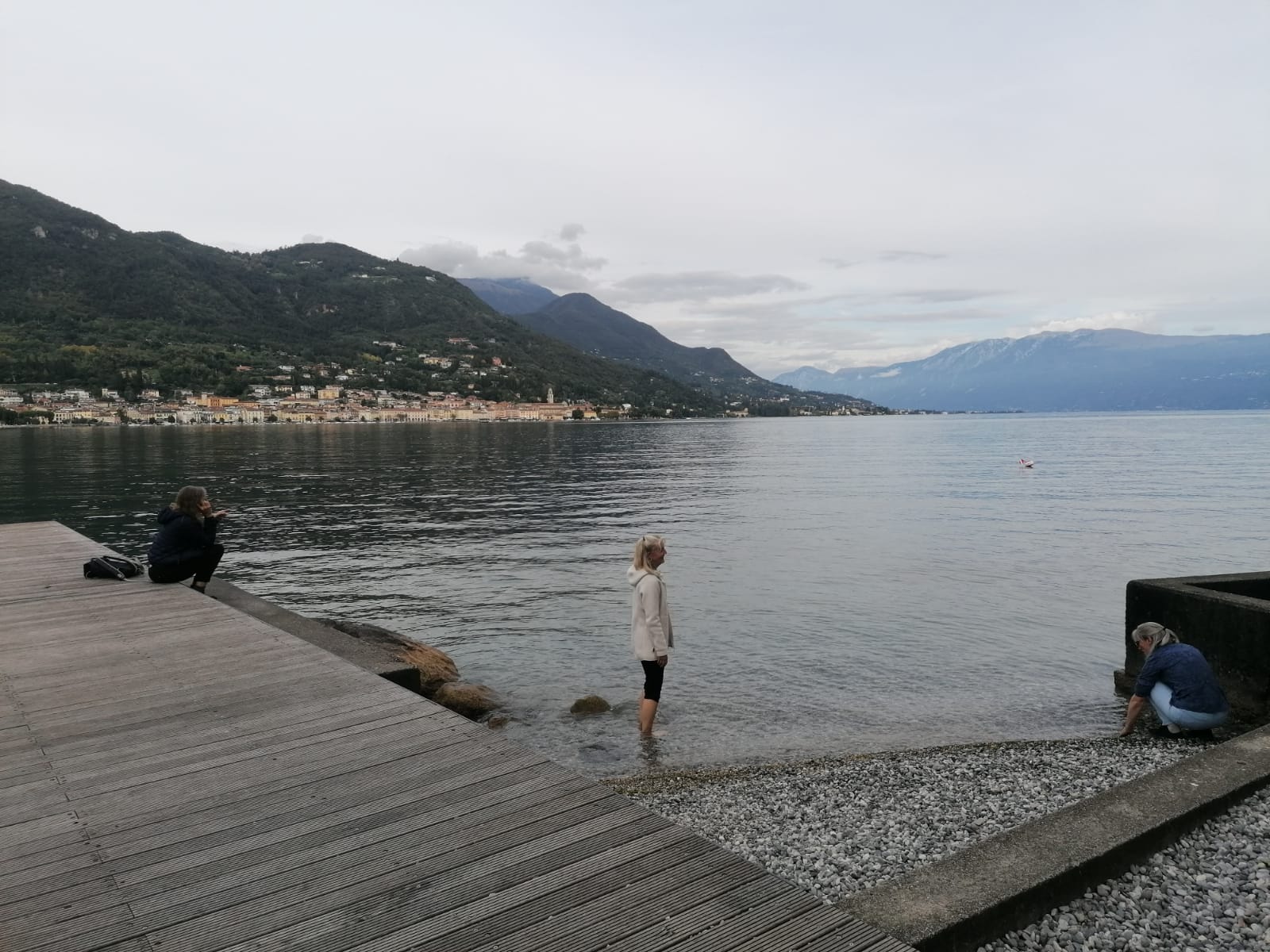
We had booked our overnight stay in an agriturismo above Salo with a view of Lake Garda. Once again, we were interested in how the people there live, how they had set up their business, what their wishes and goals are and what difficulties they suffer from.
Immediately after welcoming us, the manager explained that this was a “vero agriturismo”, a real agriturismo, and that he was a passionate farmer. He gladly and expertly answered our questions about cheese quality, the importance of raw milk cheese, the loss of quality of milk and cheese if they are heated too high, etc.
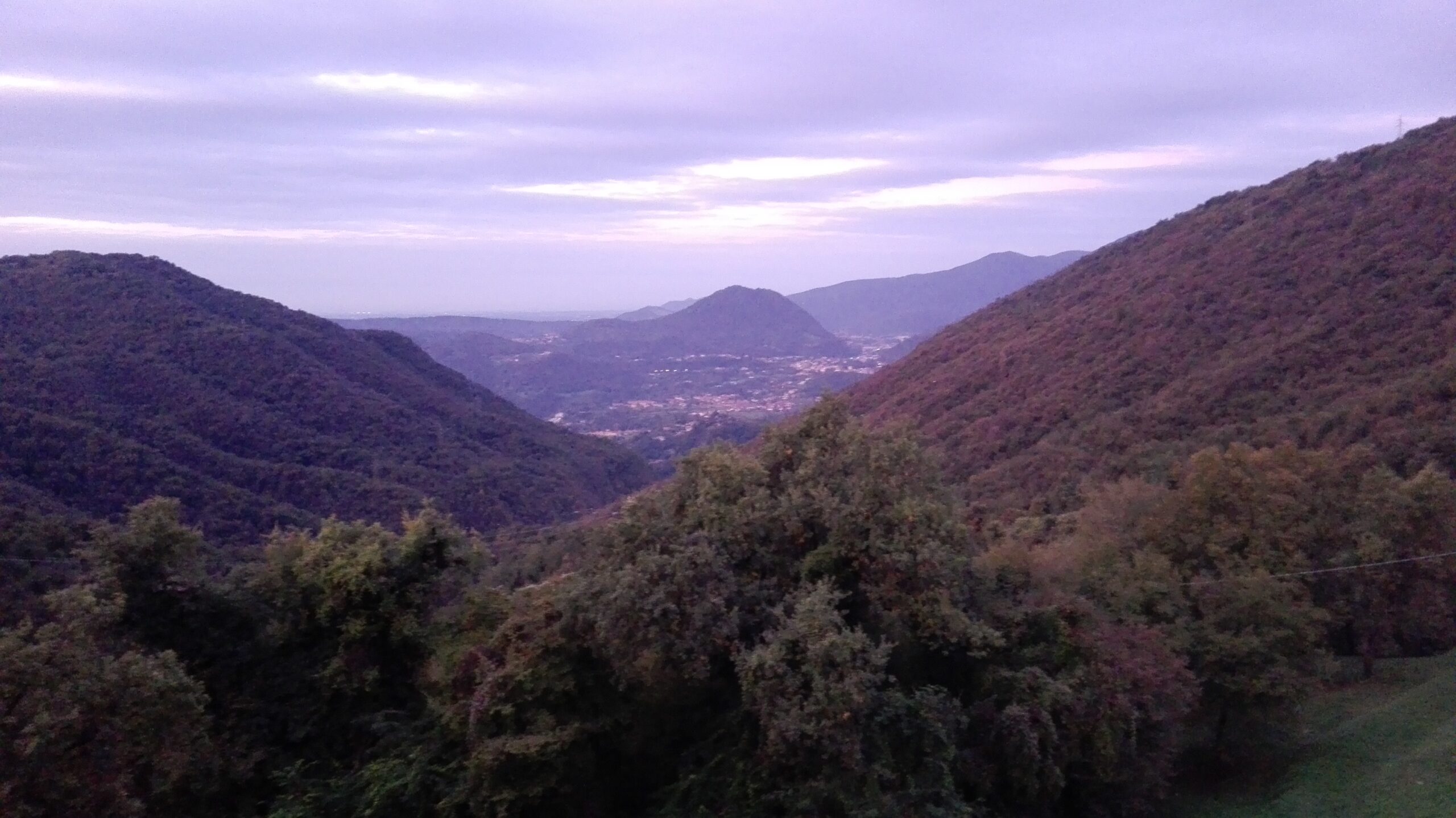
At dinner – which was a small challenge, but one that the chef mastered very well, as we requested a vegetarian dish – the head of the agritur finally struck up a conversation with us after a while and said: “Looking at you, I get the impression that you are all friends and are chatting quietly but animatedly. What kind of project are you working on, I’d like to know.”
He listened attentively to our explanations about the research kitchen and the development of a healthy nutritional culture, noted with great interest that people can come to Lundo and Naone for regeneration and repeated these thoughts with obvious pleasure in conversation with his wife and staff. Of course, we also encountered people’s economic concerns. The fact that the number of tourists is decreasing and the prices for farming are rising is also causing problems for many businesses in the organic sector.
The beautiful natural landscape with a view of Lake Garda invited us to linger at this table in the morning – after a hearty breakfast with lots of home-made products.
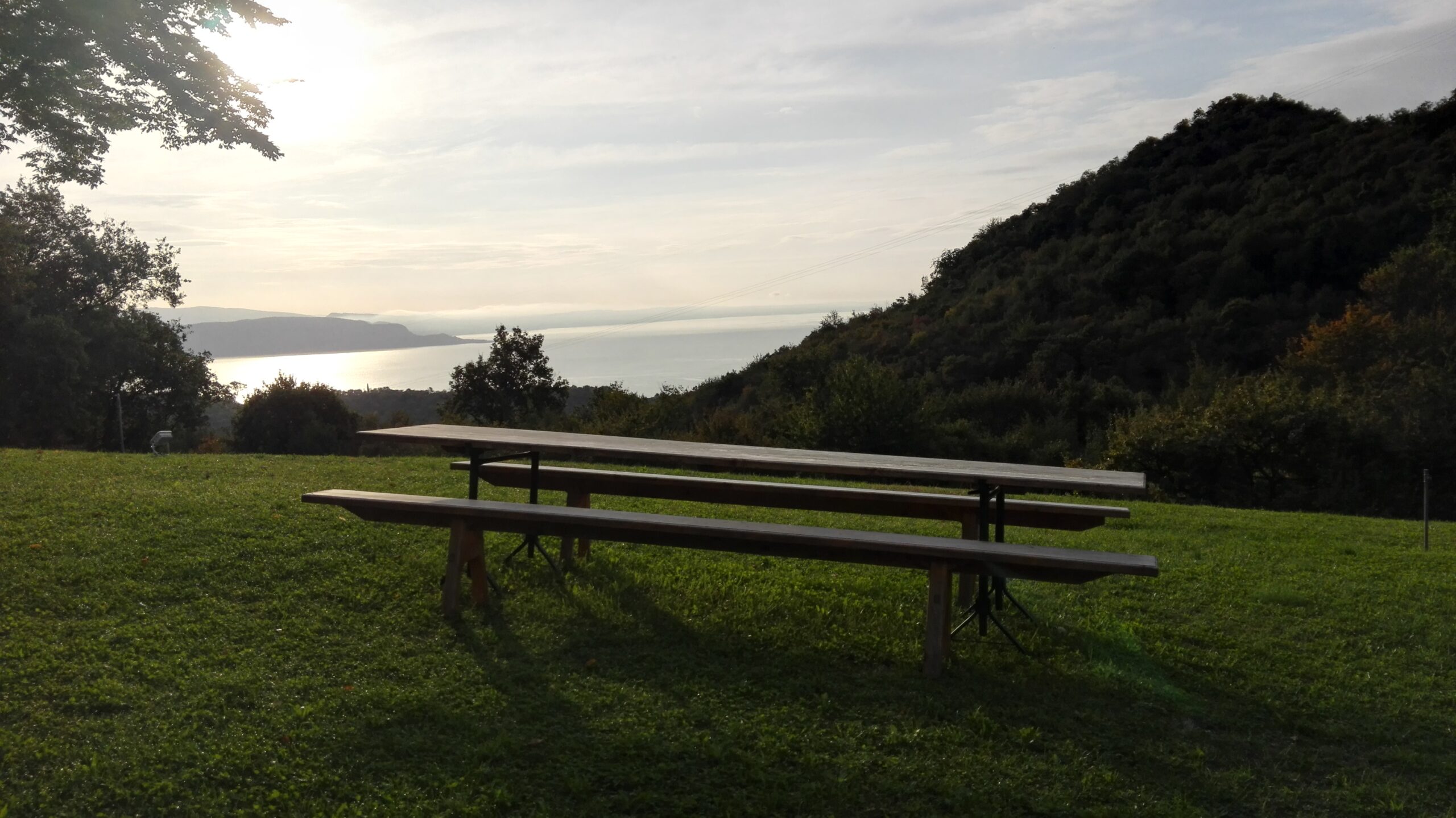

The next stop on our tour on Sunday, already on our way home, was an organic goat farm: https://www.cascinabettina.it.
There we were able to taste and purchase products of outstanding quality. And we used these good dairy products as an opportunity to ask ourselves questions about how the different milk proteins from cows, sheep and goats affect humans.
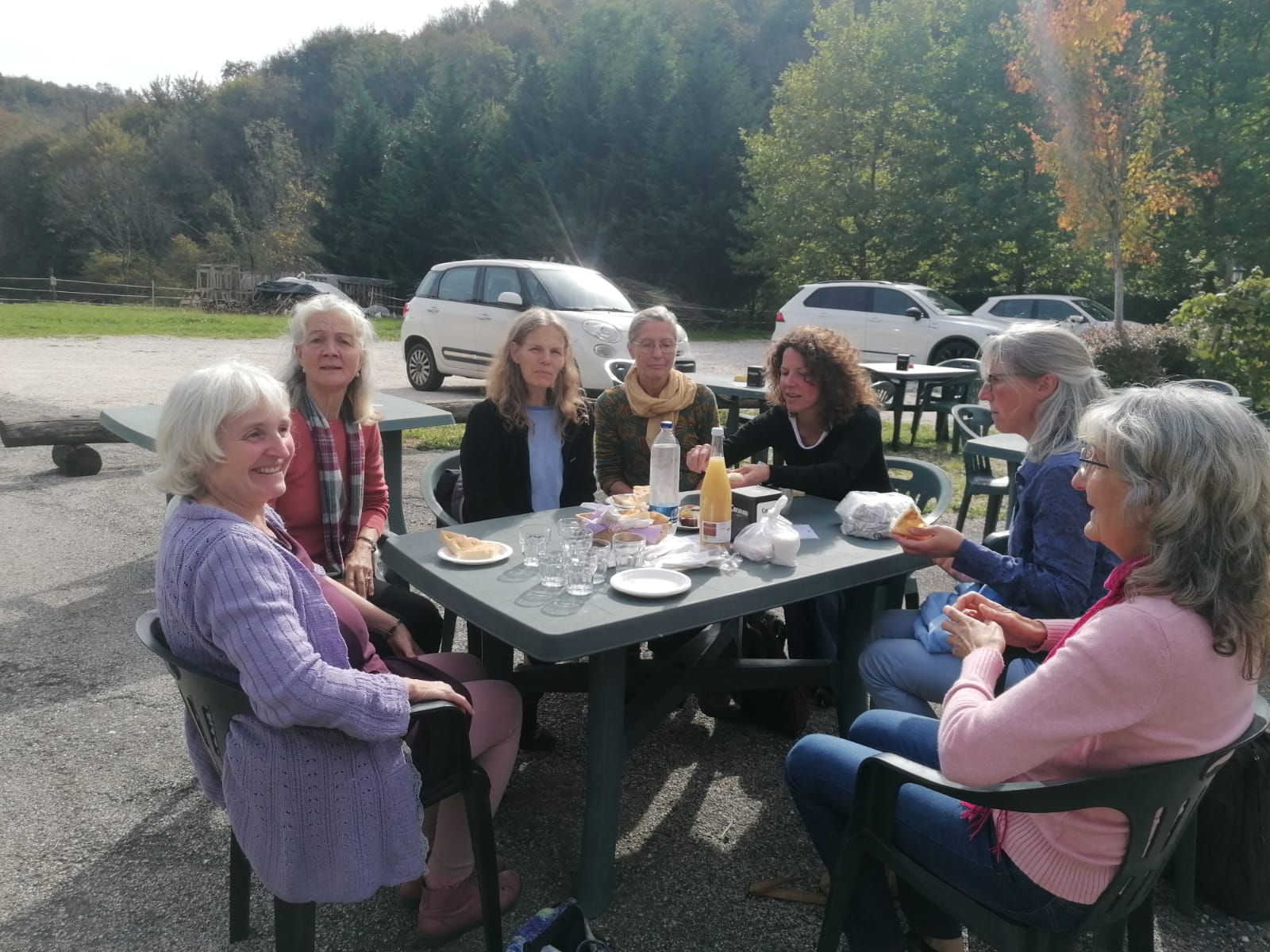
In the afternoon, we stopped off at Lake Idro for a walk in the sun and wind. The apple had already been one of our research topics for a week and – since after an almost detective-like search we had only scouted out a solitary apple tree standing in the distance with one last small apple left on it near the lake shore – we decided to consider an apple we had brought with us as an object of study.
This exercise, a concrete observation of the apple, then a mental reconstruction of the fruit from memory and possibly a question about how the light works in and on the apple, is a consciousness or soul exercise which, if carried out repeatedly, actually allows a deeper feeling for the object being observed (apple, tree, flower, lettuce…) to flourish.
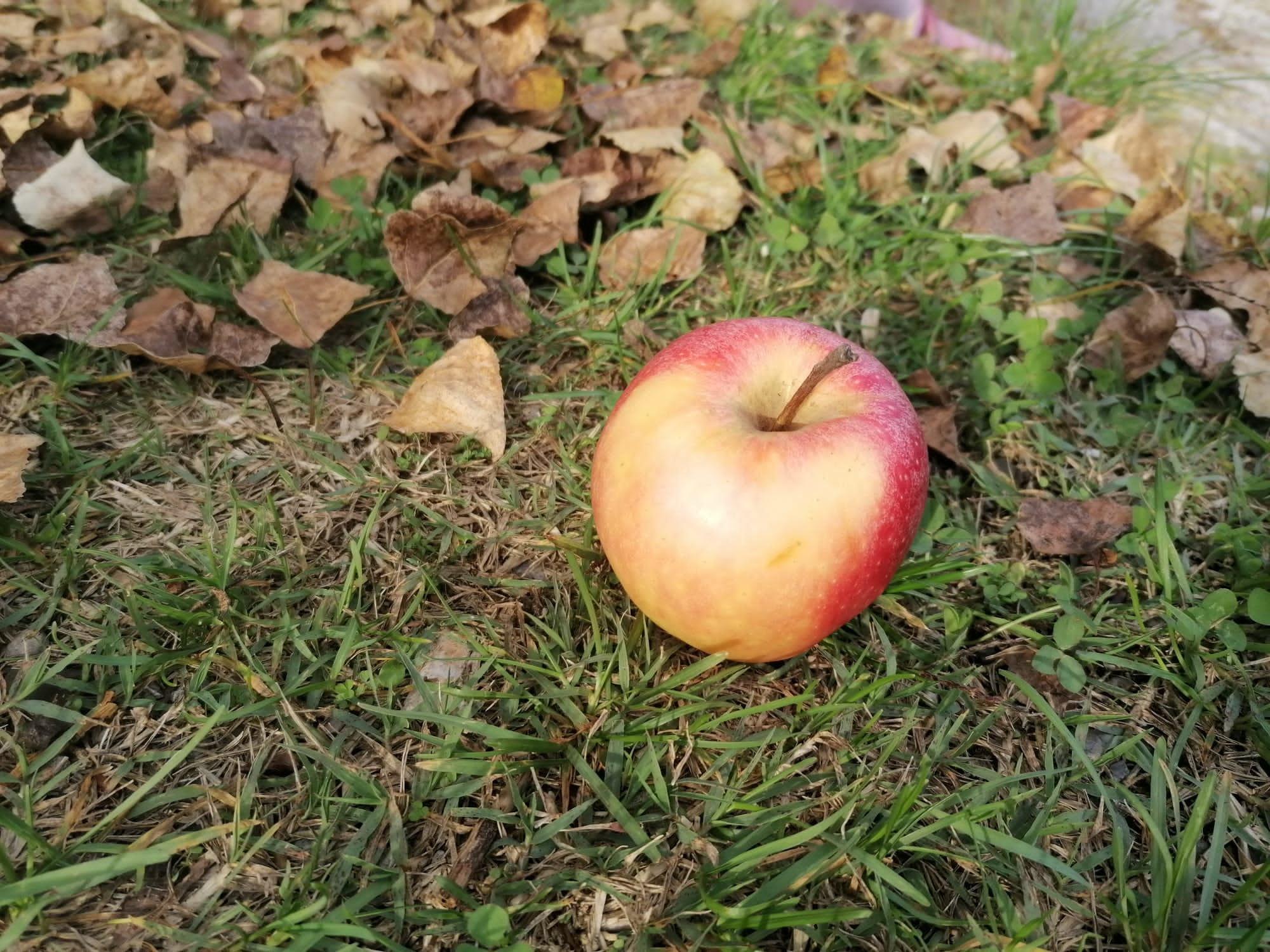
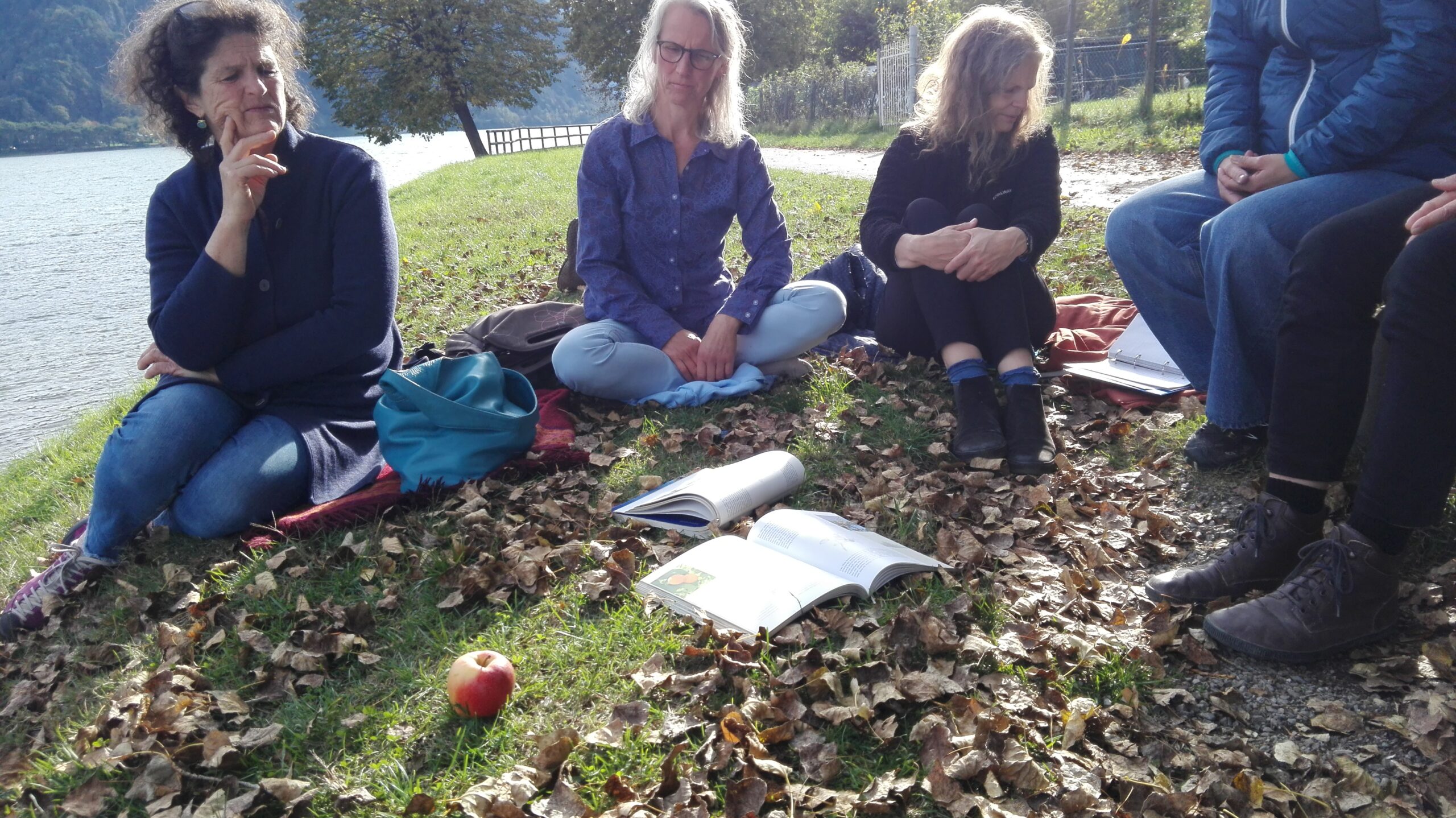
We started the journey home to Lundo. Something amazing had happened. Three of us had gone on the trip on Saturday morning with health problems. Now everyone seemed to have recovered, the symptoms of illness had subsided and we were filled with joy and gratitude for everything we had seen, thought and learned. It was an exceptionally harmonious and lively excursion. And it gave life to the question of wholesome nutrition for the future, in cooperation with people from the region, with a view to an ever-growing art of nutrition and cooking, as a valuable cultural issue, and will continue to do so in the future.


0 Comments